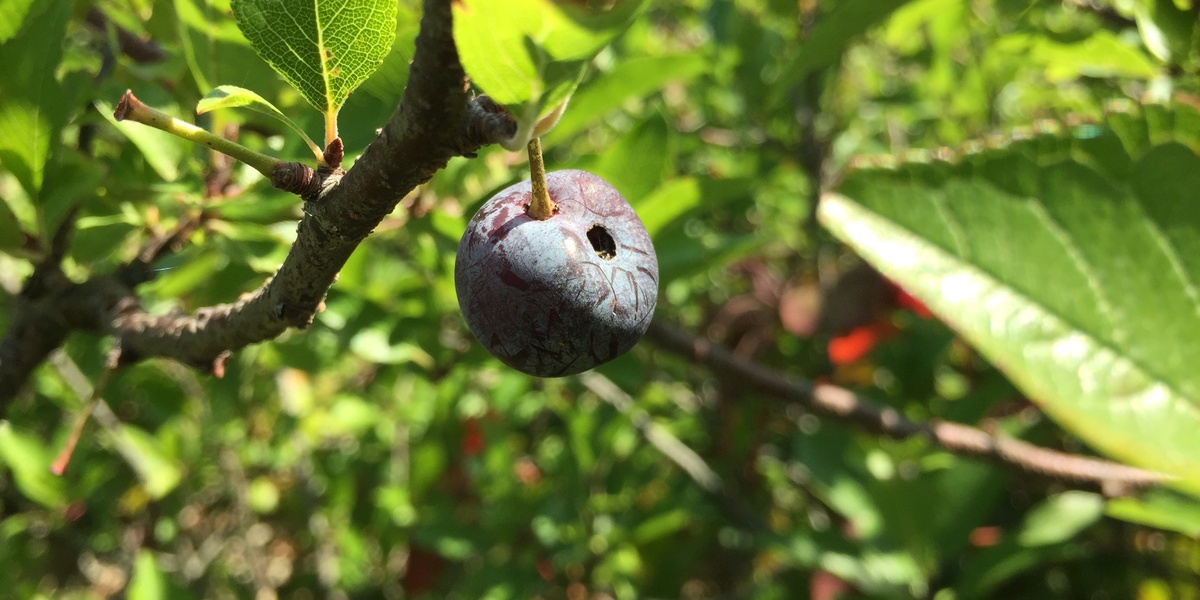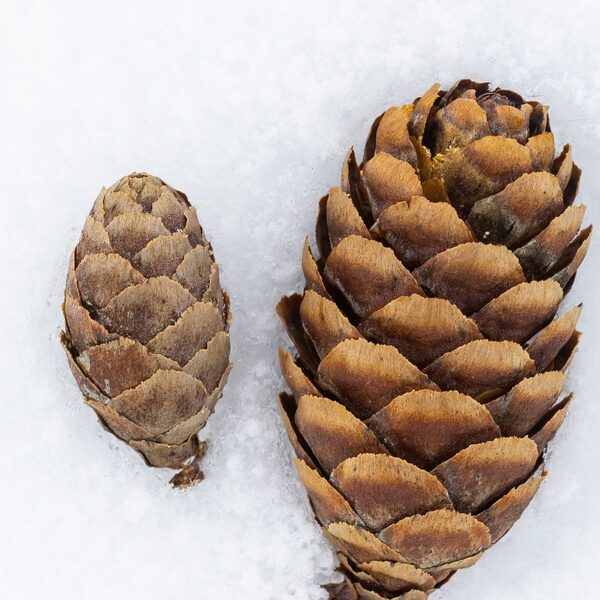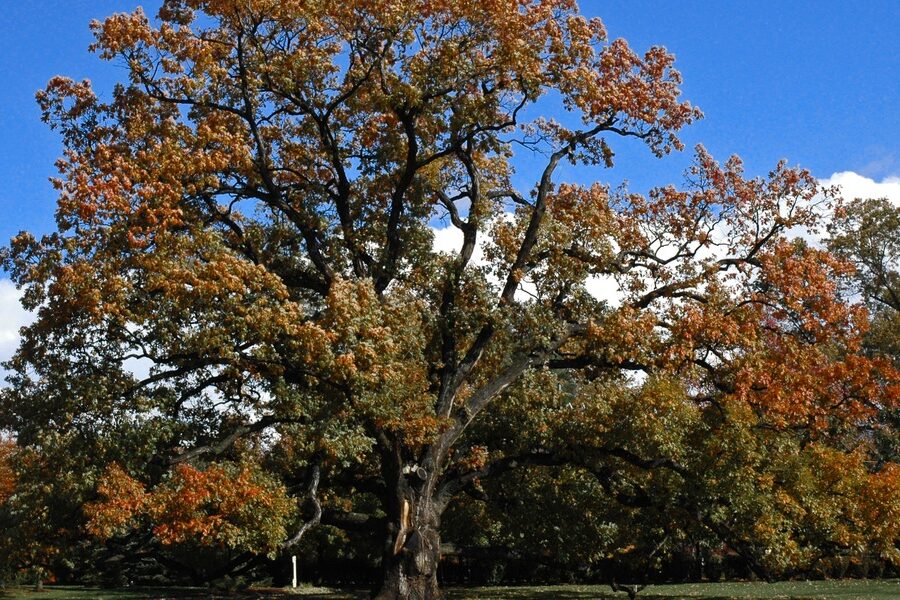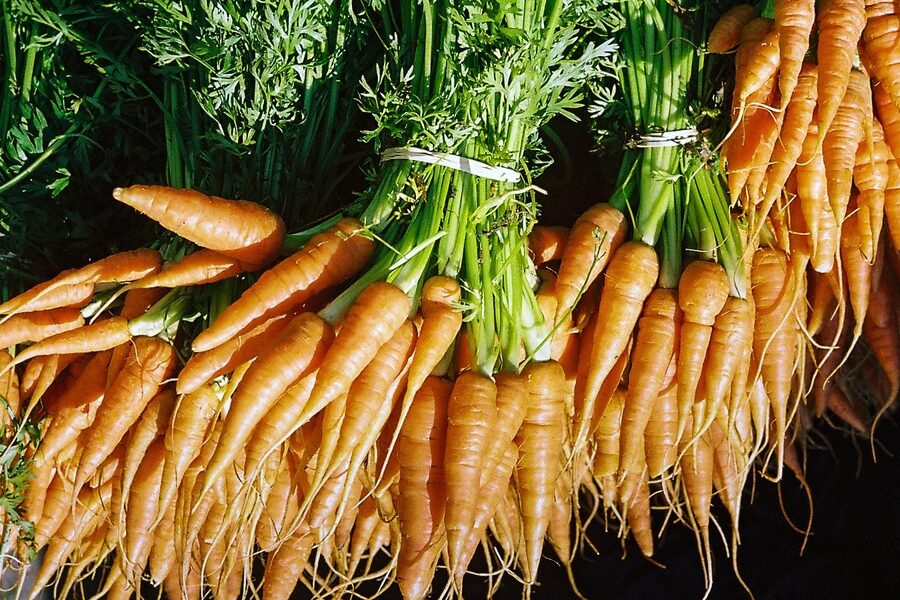Bosnia and Herzegovina’s markets, orchards and mountain meadows reflect a long tradition of fruit growing that ties food, seasonality and local culture together. From roadside stalls to family gardens, you’ll encounter fruits that have been cultivated and foraged here for generations.
There are 28 Fruits of Bosnia and Herzegovina, ranging from Apple (Jabuka) to Wild Strawberry (Šumska jagoda). For each entry you’ll find below Scientific name,Region found,Season (months) to show where each grows and when it’s ripe; you’ll find the full list below.
Which fruits are native or traditional to Bosnia and Herzegovina?
Many species are traditional to the region, including local apple and plum cultivars, pears and various wild berries like the wild strawberry; some are truly wild, others long-domesticated local varieties. Check the list below for specific scientific names and regional notes to see which are native or long-established.
When are these fruits typically in season and where should I look for them?
Seasons vary by species—spring for wild strawberries and some berries, early to mid-summer for cherries and raspberries, late summer to autumn for apples and pears. The table below lists Season (months) and Region found for each fruit so you can plan visits or foraging trips.
Fruits of Bosnia and Herzegovina
| Name | Scientific name | Region found | Season (months) |
|---|---|---|---|
| Apple (Jabuka) | Malus domestica | Widespread cultivation across all of Bosnia and Herzegovina. | Aug–Oct |
| Plum (Šljiva) | Prunus domestica | Ubiquitous, especially central and northern Bosnia; Gradačac is a key area. | Aug–Sep |
| Raspberry (Malina) | Rubus idaeus | Central and Eastern Bosnia, particularly around Bratunac, Srebrenica, and Živinice. | Jun–Aug |
| Pomegranate (Nar/Šipak) | Punica granatum | Primarily in Herzegovina, especially around Mostar, Stolac, and Trebinje. | Oct–Dec |
| Fig (Smokva) | Ficus carica | Common in gardens and wild groves throughout Herzegovina. | Aug–Sep |
| Sour Cherry (Višnja) | Prunus cerasus | Widely grown in home gardens and orchards throughout Bosnia. | Jun–Jul |
| Cornelian Cherry (Drijen) | Cornus mas | Foraged in forests and thickets across the country. | Aug–Sep |
| Quince (Dunja) | Cydonia oblonga | Grown in gardens and small orchards across the country. | Oct–Nov |
| Grape (Grožđe) | Vitis vinifera | Herzegovina is the primary wine region (Mostar, Čitluk); also grown elsewhere. | Sep–Oct |
| Blackberry (Kupina) | Rubus fruticosus | Abundant in the wild along roadsides and in forests; also cultivated. | Jul–Sep |
| Wild Strawberry (Šumska jagoda) | Fragaria vesca | Foraged in forest clearings and mountain meadows across Bosnia. | May–Jul |
| Rose Hip (Šipak) | Rosa canina | Foraged from wild rose bushes in hedges and fields nationwide. | Sep–Nov |
| Walnut (Orah) | Juglans regia | Cultivated throughout the country, a common tree in family yards. | Sep–Oct |
| Chestnut (Kesten) | Castanea sativa | Foraged in deciduous forests, especially in northwestern Bosnia near Cazin and Bužim. | Oct–Nov |
| Pear (Kruška) | Pyrus communis | Widely cultivated in gardens and orchards throughout the country. | Aug–Oct |
| Blueberry (Borovnica) | Vaccinium myrtillus | Foraged in high-altitude coniferous forests and mountain plains. | Jul–Aug |
| Elderberry (Zova/Bazga) | Sambucus nigra | Widespread in the wild, often near settlements and in damp areas. | Aug–Sep |
| Apricot (Kajsija) | Prunus armeniaca | Mainly grown in the warmer climates of Herzegovina and northern Bosnia. | Jun–Jul |
| Peach (Breskva) | Prunus persica | Best grown in the sunny orchards of Herzegovina. | Jul–Aug |
| Mulberry (Dud) | Morus spp. | Found on old farms and in villages across the country. | Jun–Jul |
| Sloe (Trnina) | Prunus spinosa | Foraged from thorny blackthorn shrubs in thickets and forest edges. | Oct–Nov |
| Jujube (Žižula) | Ziziphus jujuba | Cultivated in gardens and yards in the warmer climate of Herzegovina. | Sep–Oct |
| Medlar (Mušmula) | Mespilus germanica | Found in old, traditional orchards and gardens across Bosnia. | Nov–Dec |
| Cherry (Trešnja) | Prunus avium | Cultivated in gardens and orchards nationwide, especially in Herzegovina. | May–Jun |
| Hawthorn (Glog) | Crataegus monogyna | Foraged from shrubs in hedges and woodland edges throughout the country. | Sep–Oct |
| Redcurrant (Crvena ribizla) | Ribes rubrum | Commonly grown in home gardens across the country. | Jun–Jul |
| Service Tree (Oskoruša) | Sorbus domestica | Found in old orchards and wilder areas, a traditional but now rarer tree. | Oct–Nov |
| Hazelnut (Lješnjak) | Corylus avellana | Grows wild in forests and is also cultivated in plantations. | Aug–Sep |
Images and Descriptions
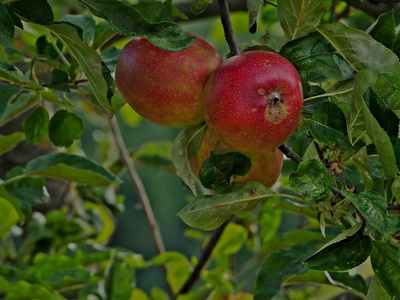
Apple (Jabuka)
A staple fruit with countless local varieties. Eaten fresh, baked into pies (pita od jabuka), preserved as pekmez (jam), or fermented into vinegar and rakija (jabukovača).
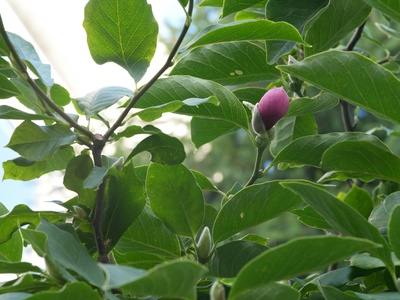
Plum (Šljiva)
The unofficial national fruit, central to Bosnian culture. The ‘Požegača’ variety is prized for making the famous rakija, Šljivovica, as well as delicious jams (pekmez) and dried plums.
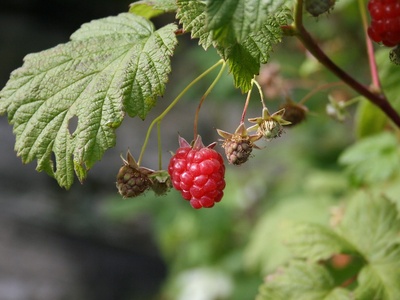
Raspberry (Malina)
Bosnia is a world-renowned raspberry producer. These delicate, sweet berries are a major export but are also enjoyed locally in juices, jams, cakes, and eaten fresh during their short summer season.
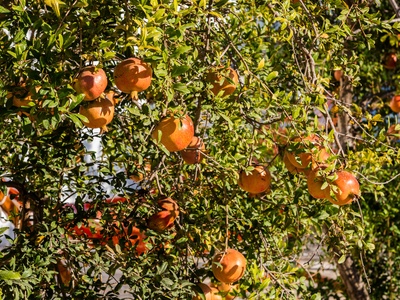
Pomegranate (Nar/Šipak)
A symbol of Herzegovina’s sunny climate. Its jewel-like seeds are eaten fresh or pressed into a famously healthy, tart juice. The fruit features prominently in the local landscape and cuisine.
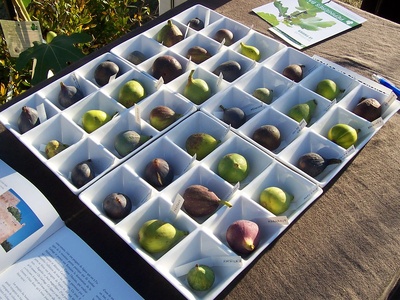
Fig (Smokva)
A quintessential Mediterranean treat thriving in Herzegovina’s heat. Eaten fresh from the tree, dried for winter consumption (suhe smokve), or made into a sweet, rich jam (pekmez od smokava).
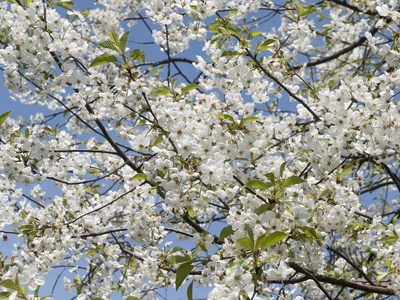
Sour Cherry (Višnja)
More common than its sweet cousin, this tart cherry is a household favorite for making refreshing homemade juices (sok od višnje), preserves, and the popular liqueur, Višnjevača.
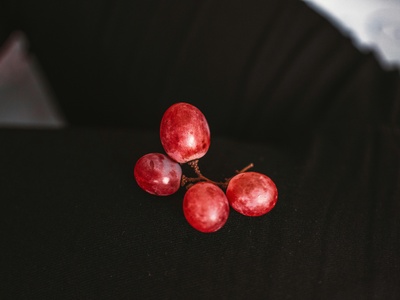
Cornelian Cherry (Drijen)
A cherished wild fruit, known for the saying “zdrav kao drijen” (healthy as a Cornelian cherry). These tart, red fruits are used to make prized rakija, thick juice (sok), and jams.
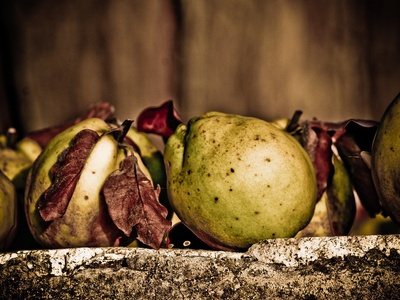
Quince (Dunja)
A fragrant, hard fruit that is inedible raw but transforms when cooked. It’s famously used to make a highly aromatic rakija (dunjevača), sweet jelly (kitnkes), and compotes.
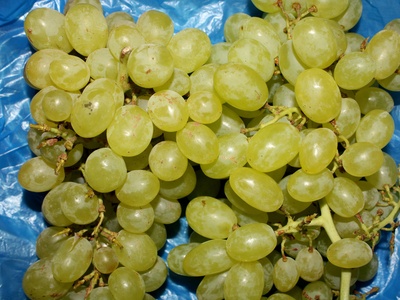
Grape (Grožđe)
Central to Herzegovina’s identity, with indigenous varieties like Žilavka and Blatina producing excellent wines. Grapes are also enjoyed fresh or made into rakija (loza).
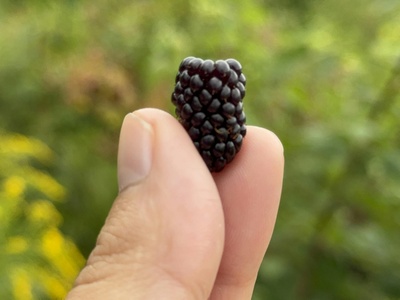
Blackberry (Kupina)
A common summer berry, foraged by everyone. These juicy, dark berries are eaten fresh, baked into cakes, made into jams, juices, and a popular homemade fruit wine (vino od kupina).
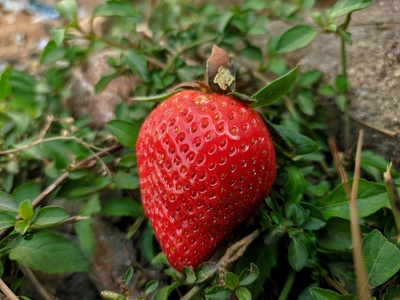
Wild Strawberry (Šumska jagoda)
A tiny but intensely flavorful and aromatic foraged treasure. Finding these is a special treat. They are eaten fresh, used to flavor liqueurs, or made into a delicate, highly-prized jam.
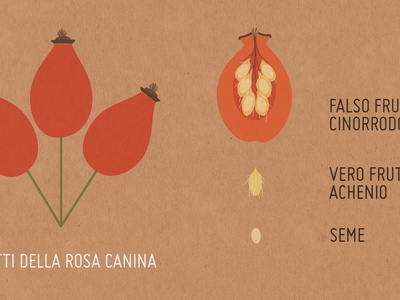
Rose Hip (Šipak)
The bright red fruit of the wild rose, harvested after the first frost. Packed with vitamin C, it’s almost exclusively used to make a thick, tangy marmalade and a healthy, comforting tea.
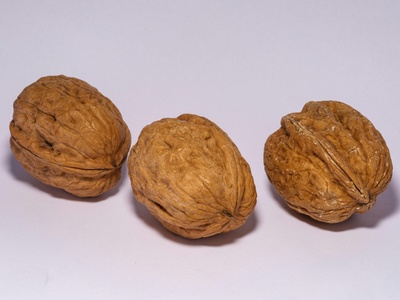
Walnut (Orah)
A culturally vital nut-fruit. It is the star ingredient in many traditional desserts like baklava, orasnica (walnut cookies), and tufahije (stuffed apples), and is also used to make a dark liqueur (orahovača).
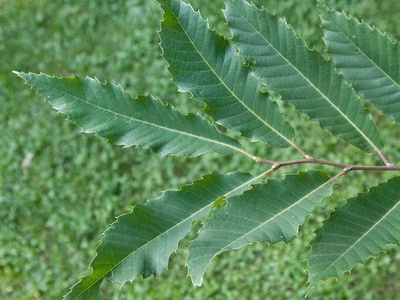
Chestnut (Kesten)
A symbol of autumn. Sweet chestnuts are foraged and famously sold roasted by street vendors in cities. They are also used to make a rich, sweet purée for cakes and desserts.
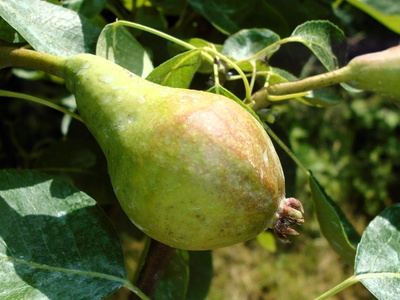
Pear (Kruška)
A classic orchard fruit with many local varieties. Enjoyed fresh, cooked in compotes, dried, or distilled into a popular and often potent rakija known as kruškovača or viljamovka.
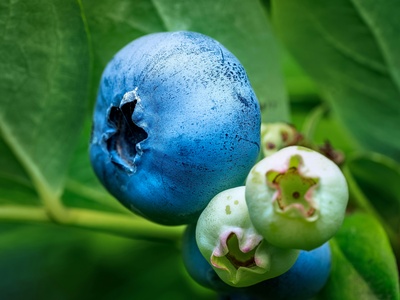
Blueberry (Borovnica)
The European wild blueberry, smaller and more intensely flavored than cultivated varieties. A popular foraged goodie used for delicious jams, juices, and liqueurs (borovnička).
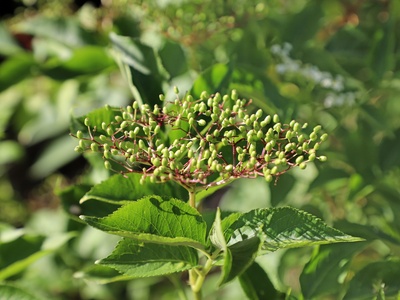
Elderberry (Zova/Bazga)
While the flowers are used for a famous syrup, the dark purple berries are also harvested. They must be cooked to be edible and are made into jams, syrups, and wine, valued for their immune-boosting properties.
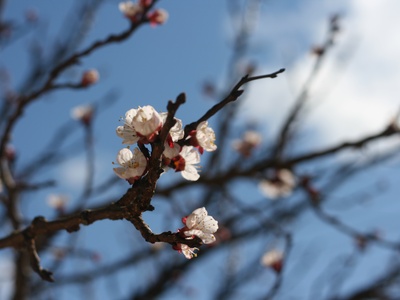
Apricot (Kajsija)
A beloved early summer fruit. Eaten fresh, its sweet, fragrant flesh is also perfect for making high-quality jams (pekmez od kajsija) and a smooth, aromatic rakija (kajsijevača).
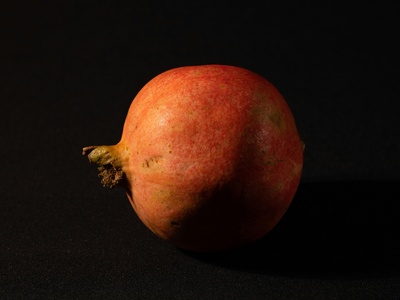
Peach (Breskva)
Juicy, sweet peaches are a hallmark of Herzegovina’s summer. Perfect for eating fresh out of hand, they are also used in compotes, cakes, and for making a fragrant rakija.
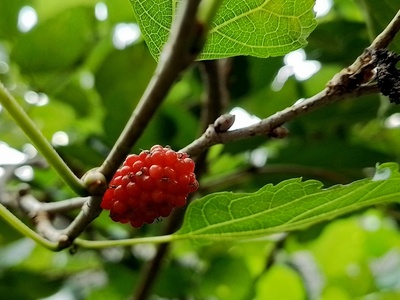
Mulberry (Dud)
A nostalgic fruit from large, old trees. The sweet black (crni) and white (bijeli) mulberries stain fingers and are eaten fresh, made into jam, or fermented into a unique rakija (dudovača).
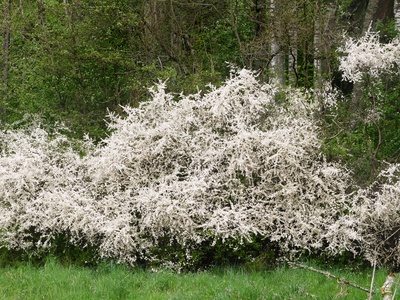
Sloe (Trnina)
An intensely astringent wild fruit that becomes palatable after the first frost. It’s not eaten raw but is prized for making a deep red, flavorful liqueur (trnjina) by steeping it in sugar and rakija.
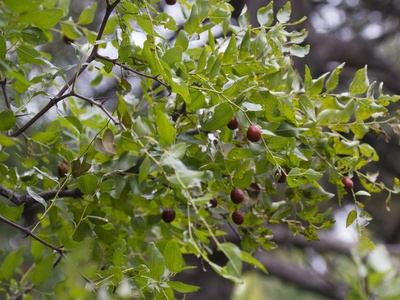
Jujube (Žižula)
Also known as the Chinese date, this small fruit has a crisp texture like an apple when fresh, and a sweet, date-like flavor when dried. A common, beloved snack in Herzegovina.
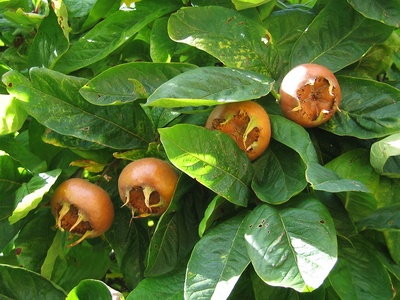
Medlar (Mušmula)
A forgotten fruit that is harvested hard in late autumn and left to ‘blet’ (soften and sweeten) before eating. It has a unique flavor reminiscent of spiced apple sauce. A taste of old-world Bosnia.
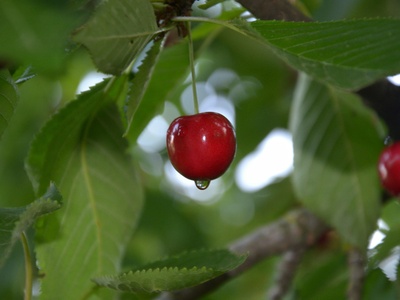
Cherry (Trešnja)
The sweet counterpart to višnja, these are a much-anticipated sign of early summer. Eaten fresh by the handful, they are a seasonal treat rarely preserved due to their high water content.
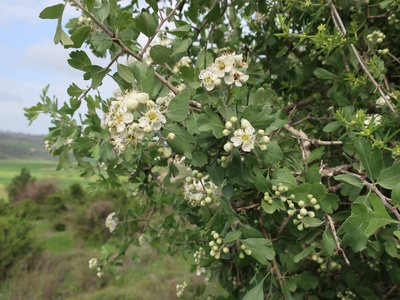
Hawthorn (Glog)
These small, red berries are primarily used for their medicinal properties, especially for heart health. They are foraged to make teas, tinctures, and jams, valued in traditional folk medicine.
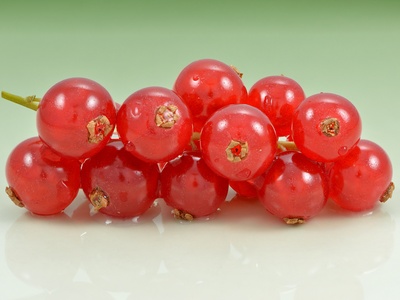
Redcurrant (Crvena ribizla)
These tart, jewel-like berries grow in beautiful clusters. They are too sharp for most to eat fresh but are perfect for making vibrant jellies, juices, and for adding a sour kick to cakes.
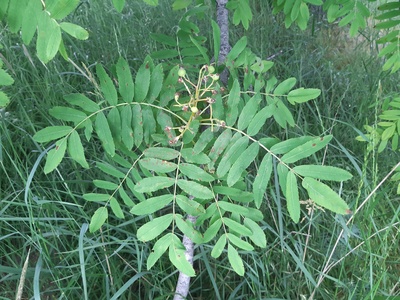
Service Tree (Oskoruša)
A pear-shaped pome fruit that, like medlar, must be bletted (over-ripened) to become soft and edible. It has a sweet, grainy texture and is used for making jams and a highly regarded rakija.
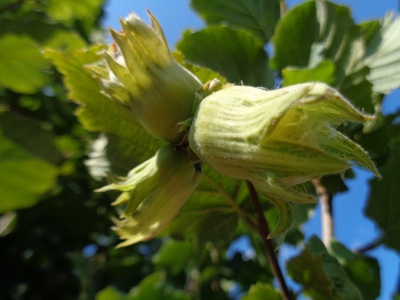
Hazelnut (Lješnjak)
A versatile nut-fruit, foraged from the wild or harvested from orchards. Hazelnuts are eaten raw, roasted, and are essential in many cakes, pastries, and chocolate spreads.
